Last week in an excited announcement by the Punjab provincial government, the concept for the Lahore Orange Line MetroTrain was launched. The line is to run along Multan Road from Thokar Niaz Beg to Chauburji, then continuing along McLeod Road past the GPO towards Lakshmi Chowk and the Railway Station, before heading along GT Road towards Shalimar Gardens.
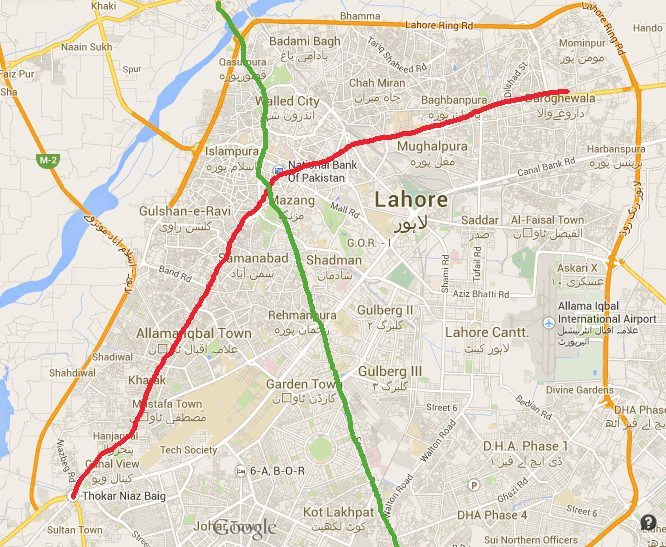
A map showing the proposed MetroTrain project (in red) and the existing MetroBus project (in green). (Image: Google Maps)
The requirement for improved transport along this corridor is clear – Multan Road, and the inner city junctions between Ferozepur Road and the Railway Stations often resemble a car park at peak times. The preference for a metro train network in Lahore is also clear – all over the world, train systems have been proven to alleviate traffic and provide safe, comfortable and viable alternative to buses, which themselves get stuck in traffic jams and carry less passengers. One drawback of train networks however is their inherent cost, especially when compared with bus systems.
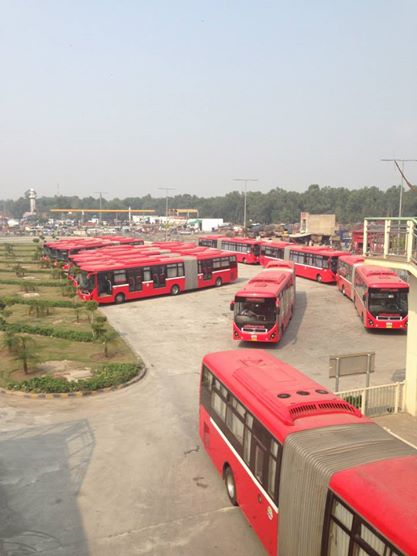
MetroBus parking at the Shahdara terminus
What is concerning about the most recent announcement however is the hurried and seemingly unplanned nature of it. It was only January that the provincial government announced the expansion of the Lahore MetroBus along the very same route. So it begs the question of which one will be built, or will we see both MetroBus and MetroTrains operating along the Multan Road – Railway Station – GT Road corridor?
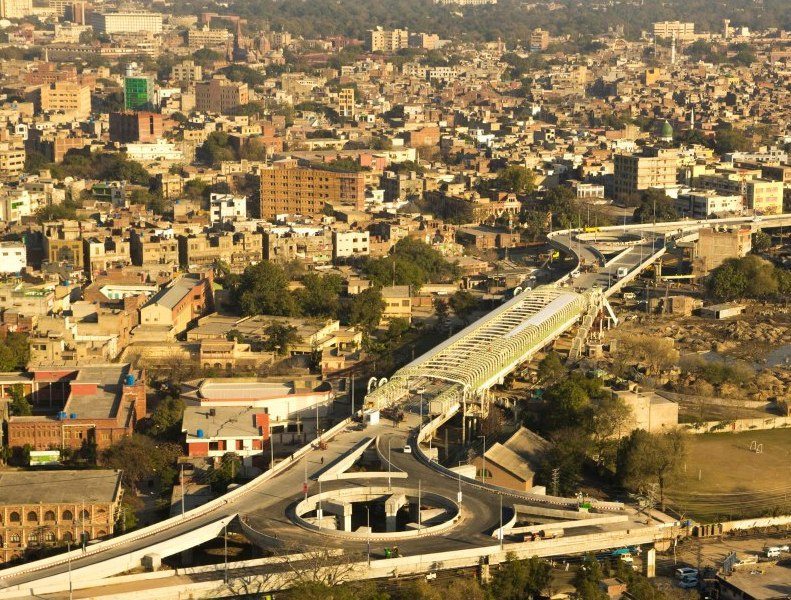
An aerial view of the MAO College bus station, showing the connection to the Multan Road line in the bottom right of the picture, the incomplete road linked to the roundabout (Image: Shahbaz Sharif, Facebook)
Anyone familiar with the MetroBus system would be aware of the Multan Road feeder lane and junction just to the west of MAO College station. This gigantic roundabout was designed for buses entering from the Multan Road MetroBus line to make a stop at MAO College then head southbound along Ferozepur Road, or to continue northbound towards Ravi Road and Shahdara. If the Multan Road MetroBus proposal is scrapped, then what will become of this junction? What appears most likely at this stage is that the Multan Road MetroBus line will be abandoned in favour of a MetroTrain service on this corridor, and that the train system would be expanded to a further three lines around Lahore. Alternatively, the existing MetroBus line could be converted to rail in the long term, although the ease of doing this is questionable, and construction of other lines would probably (and should definitely) take priority over converting MetroBus to MetroTrain. A wider metro train network is a wise choice, considering the advantages of metro trains over bus services, but a choice that raises several more concerns in the particular case of Lahore.
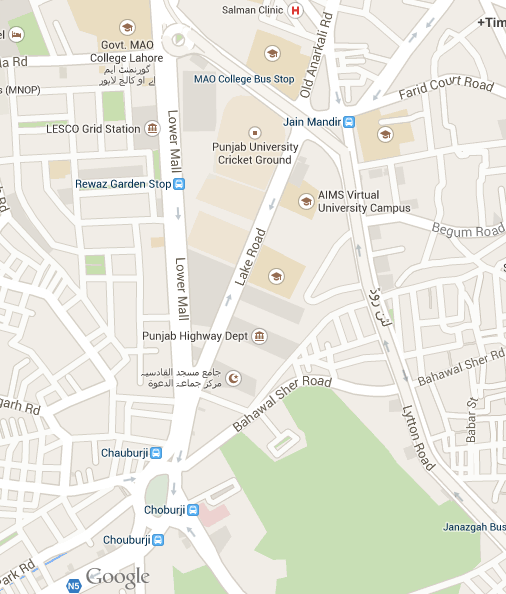
MAO College / Chauburji area map, showing the distance between the two junctions (Image: Google Maps)
The most crucial concern is the question of line integration. Assuming that the Orange Line MetroTrain will be built in Lahore, it will cross Ferozepur Road and the MetroBus line somewhere near MAO College Bus stop. A clear issue will be the interchange between modes of transport; if someone from Sabzazar or Gulshan-e-Ravi wants to travel to Ichra or Gulberg by public transport, they will have the option of taking the MetroTrain towards MAO College, then transferring to MetroBus to travel onwards to their destination. It makes sense therefore that the appropriate MetroTrain station near will be built in the same vicinity as the MAO College MetroBus stop, to allow for easy interchange between modes. A non-integrated would see thousands of hot and angry commuters traipsing down Lower Mall or Lake Road to meet buses at the nearest bus station. This would only become more of an issue if MetroBus is ever to be converted to rail and included in the wider MetroRail network.
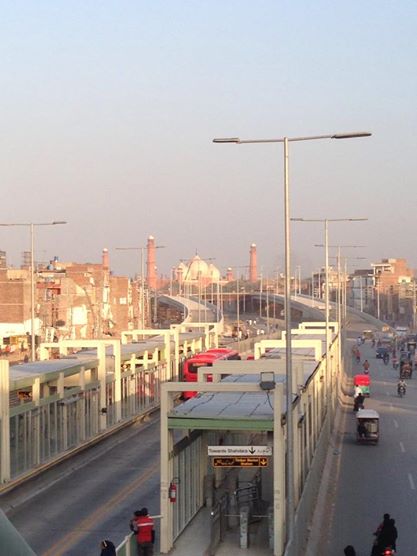
MetroBus at Timber Market
Additionally, if MetroBus is to be converted to rail as has been suggested, until that time MetroTrain and MetroBus must have an integrated ticketing system. This means that when commuters disembark from a train at MAO College MetroTrain station, they will be able to move directly on to the platform for the MetroBus, without having to pass ticket gates, and without having to buy a new ticket. The aforementioned journey from Sabzazar to Ichra should be possible on one ticket, which is charged accordingly, but is valid for both modes of transport. Without an integrated ticketing system, the insufficient numbers of ticket booths at MetroBus stations currently would but spectacularly overwhelmed every time a train arrived at the MAO College interchange. Thousands of commuters would disembark from the recently-arrived train and begin queuing at the already crowded bus ticket window. It’s a nightmare scenario which could easily be avoided if common sense prevails among Lahore’s transport planners.
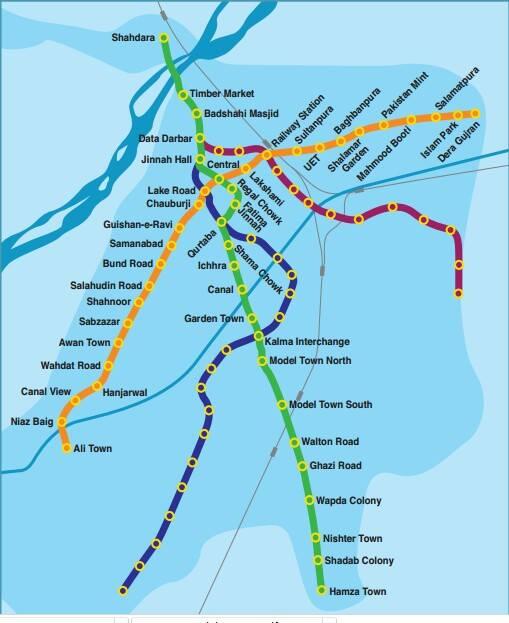
An early concept diagram of the Lahore MetroTrain (Image: Twitter)
Finally, Lahore is in a unique position in that it is able to plan its transport strategy almost from scratch, and with the wisdom that comes from witnessing other cities’ mistakes. Transport authorities in Sydney, Australia, has spent the past ten years trying to ‘untangle’ their railway network, designed haphazardly and now something of a burden for city planners. Sydney’s network of heavy trains is somewhat antiquated, and city designers have long since realised the advantages of a metro-style system with rapid, super-frequent carriages running directly underground, rather than Sydney’s existing, largely above-ground local train network with its emphasis on capacity, instead of speed, frequency and connectivity.
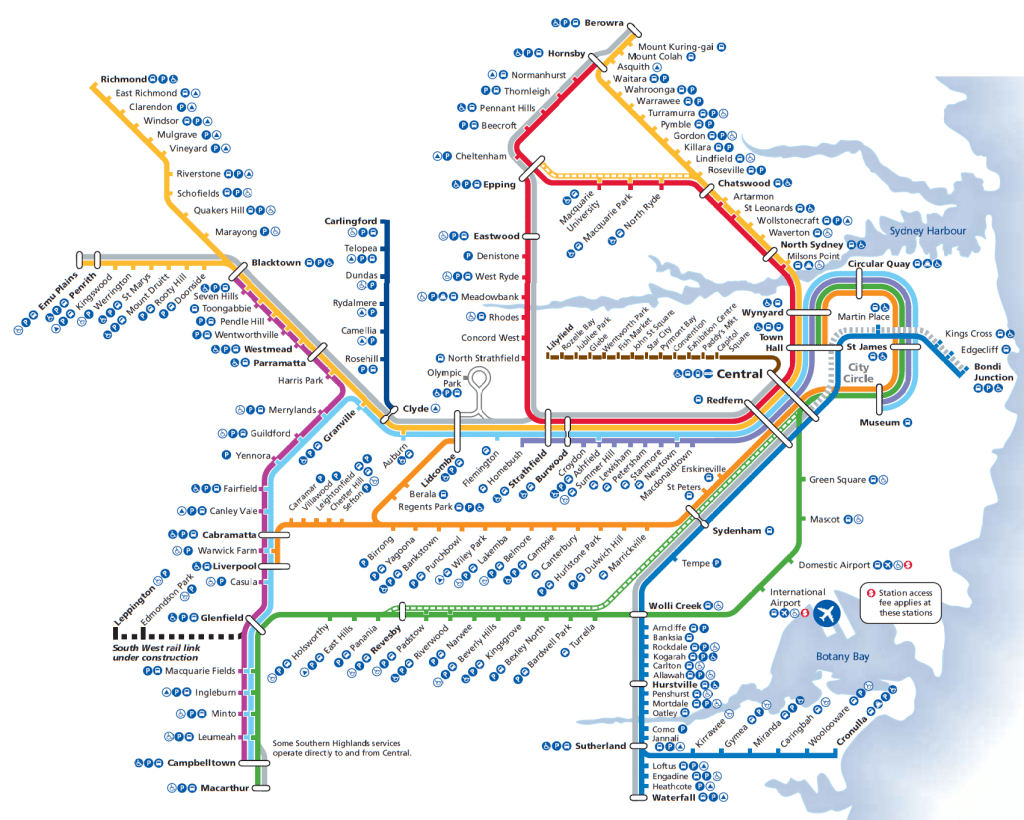
Sydney’s complex railway network map, from before the ‘Rail Clearways’ program was realised (Image: CityRail)

Sydney’s current rail network map, reflecting the changes made during a costly 10-year rationalisation program (Image: Sydney Trains)
Metro Train projects have been repeatedly proposed and rejected in Sydney because of the cost and difficulty of integrating it with the city’s existing local ‘heavy train’ network. MetroBus projects (locally referred to as Bus Transitways) have been built, but the city has only recently worked out a way to effectively introduce integrated ticketing for buses, trains and ferries. Similarly, Melbourne has in the past couple of years introduced integrated, cross-modal ticketing, and at great cost and effort.
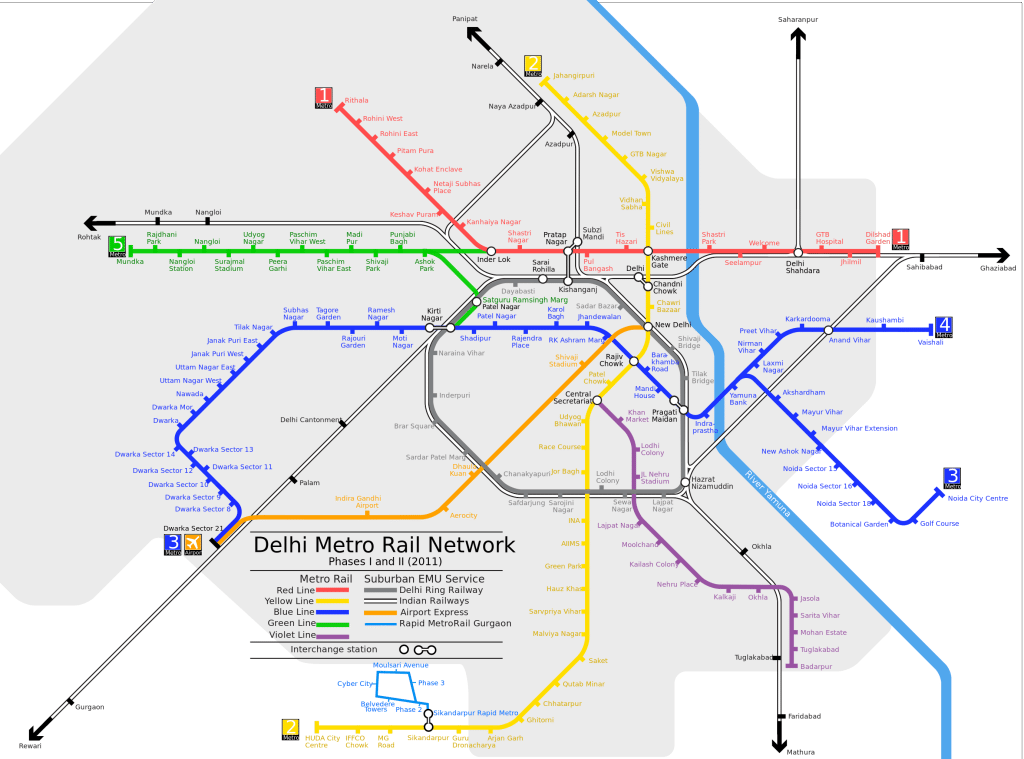
Delhi, like Lahore, had a unique opportunity to build its metro rail network from scratch. This is a map of the city’s integrated metro system. (Image: Wikipedia)
Let’s not build a rash of transport options in Lahore, and then decades later deal with the headache of integrating them and making them convenient for commuters. As a largely unplanned city, Lahore’s administration have an amazing opportunity to get things right from the beginning and turn their city into a model for other developing cities. One hopes that this opportunity is not wasted.

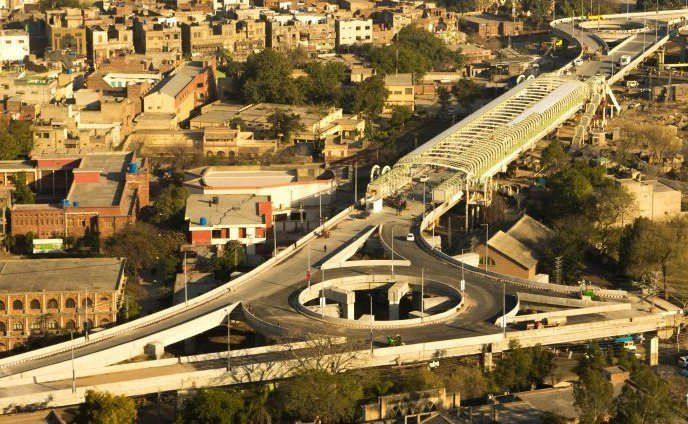
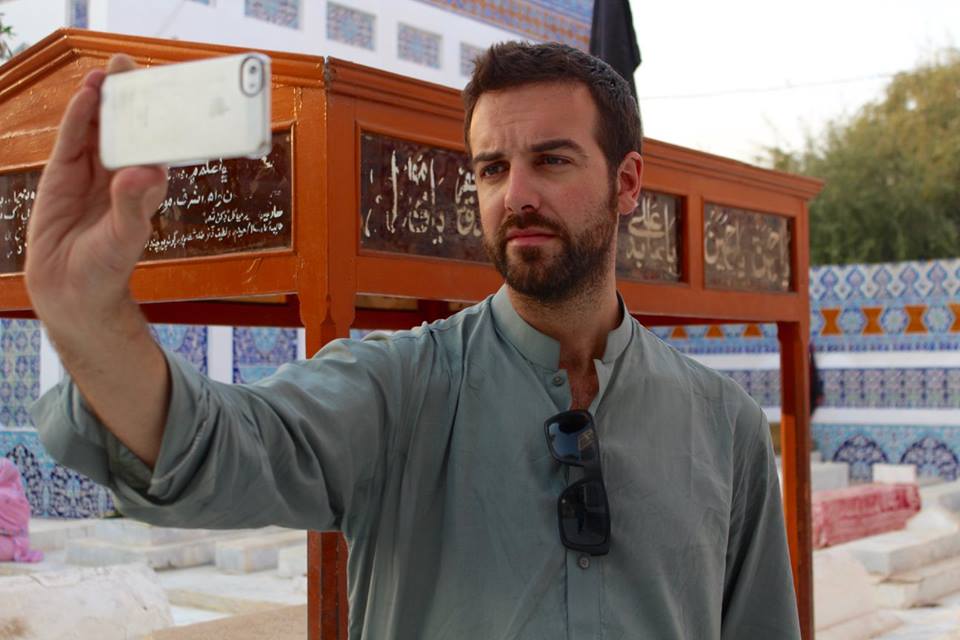
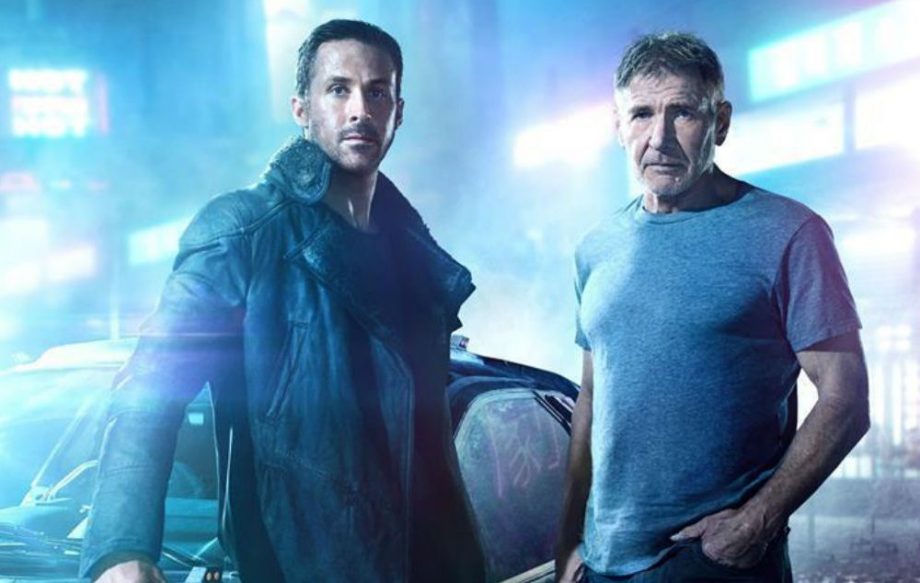
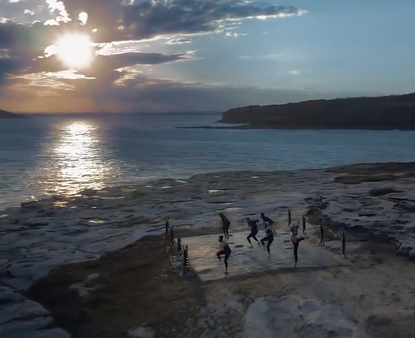
wow thats cool it will come to choburji …. cuz i live there
Thanks for reading!!
It sounds like a great solution to me. I wish people in Dongguan could come up with such a great idea. The local transportation service is totally messed up!
Thanks for reading Agness! I thought Chinese cities were fairly good in terms of public transport – I guess I’m mistaken!
As far as this project goes, there’s the argument that the money could be better spent on education and health. However as far as a transport solution goes, it’s quite a good one. The real test will be whether it is properly integrated as part of a wider solution, or whether it’s just delivered then neglected.
bohat ach ha
Thanks for reading 🙂
its good for lahore,
but now we have to see which place is much rush on that side of lahore.
Riwind road and Multan road upto Bahria town,, much collage and univirsty in that side ..
and one more iF orangetrain trake over the nahar throug Thoker to Julomor ,it much good for student
much gratefull to you.that my openion just,,,
Thank you for contributing! I hope it helps the traffic situation in Lahore.